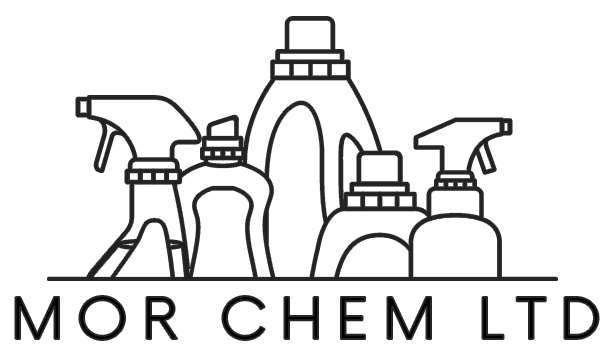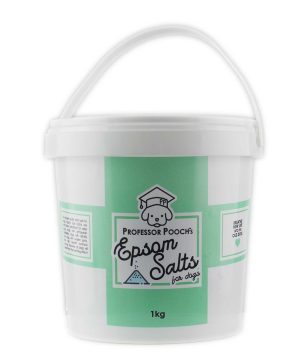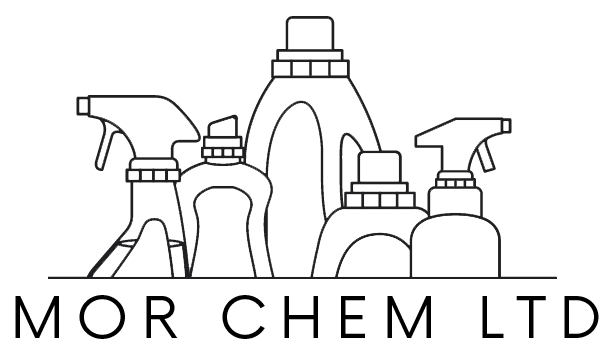Description
Monoethylene Glycol
Monoethylene Glycol (also known as MEG) is a clear, colourless, virtually odourless, and slightly viscous liquid. It is miscible with water, alcohols and many organic compounds, it has the formula C2H6O2. It is the most important of the commercially available ethylene glycols as it has many industrial applications.
Monoethylene glycol (MEG) is primarily manufactured using the ethylene oxide route. This process entails the oxidation of ethylene with oxygen or air, followed by the hydration of ethylene oxide to produce MEG. This compound possesses several key features that make it highly valuable.
It exhibits excellent solvent properties, making it suitable for various industrial applications. Additionally, MEG has low volatility and low viscosity, contributing to its stability in different environments.
In household uses, Monoethylene Glycol is also a popular coolant liquid in many equipment such as air conditioning. However, it is more commonly used in antifreeze formulations. It can prevent the formulation of ice crystals because it interferes with hydrogen bonds. This makes it difficult for the water molecules to freeze. Pure Monoethylene Glycol freezes at -12°C, so it greatly lowers the freezing point of water when it is added.
What is MEG used for?
Anti-freezing and anti-icing additive
Humidifying and plasticizing
Dehydrating
Coupling printing inks
Textile conditioning
Solvent for dyes in textile and leather finishing
Agricultural formulation
General purpose cleaners
Explosives manufacture
Electrolytic component
Humectant
Water-based coating
Preservative, rust remover and disinfectant
Frequently Asked Questions:
What is Monoethylene Glycol (MEG)?
Monoethylene Glycol (MEG) is a colourless, odourless, and slightly sweet-tasting organic compound used primarily as an antifreeze and coolant in various industrial applications.
What are the primary uses of Monoethylene Glycol?
MEG is used primarily as a coolant and antifreeze in industrial processes, especially in the production of polyester fibres, resins, and as a de-icing agent in the aviation industry.
Can MEG be used in automotive antifreeze?
Yes, MEG can be used as an automotive antifreeze when properly diluted with water. It helps prevent freezing and overheating in a vehicle’s engine.
Is MEG safe to handle and store?
When handled and stored according to safety guidelines, MEG is generally considered safe. However, it’s essential to use appropriate personal protective equipment and follow safety precautions.
Can MEG be diluted with water for specific applications?
Yes, MEG can be diluted with water to achieve the desired concentration for various applications, including antifreeze solutions.
What is the shelf life of MEG when stored properly in a bottle?
When stored in a tightly sealed container and kept away from extreme temperatures, MEG typically has a shelf life of several years.
Are there any specific precautions for handling MEG?
It’s crucial to wear appropriate protective gear, including gloves and eye protection, when handling MEG. Additionally, follow the safety data sheet (SDS) and handling instructions provided by the manufacturer.
Safety and Handling:
MEG should be handled with care as it can be toxic if ingested or absorbed through the skin.
Appropriate safety gear, like gloves and goggles, is recommended during handling.
IF INHALED: Remove casualty from exposure ensuring one’s own safety whilst doing so. Consult a doctor
IF IN EYES: Bathe the eye with running water for 15 minutes. Consult a doctor.
IF CONTACTS WITH SKIN: Wash immediately with plenty of soap and water. Consult a doctor
IF INGESTED: Wash out mouth with water. Do not induce vomiting. Transfer to hospital as soon as possible
Chemical Composition and Properties:
Chemical Formula: C2H6O2
Appearance: Colourless, odourless liquid with a sweet taste.
Physical State: Hygroscopic and miscible with water, alcohol, and many organic compounds.
Boiling Point: About 197.3°C (387.1°F).
Freezing Point: -12.9°C (8.8°F).




